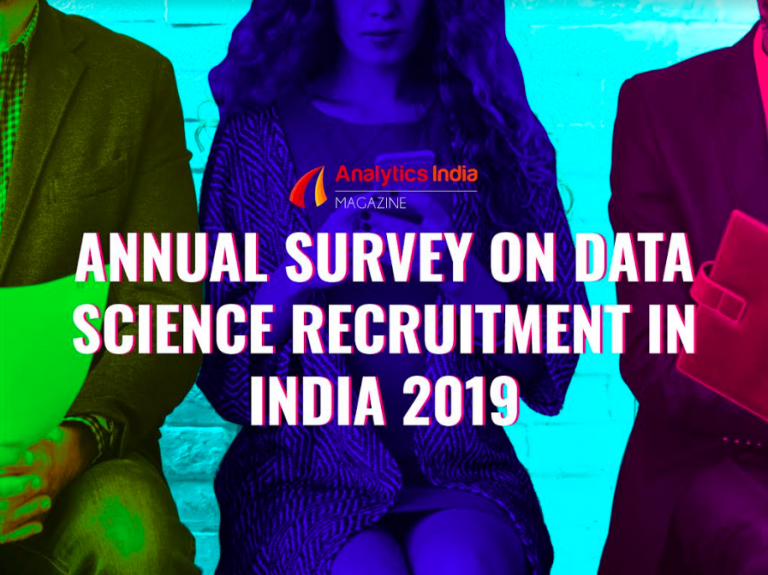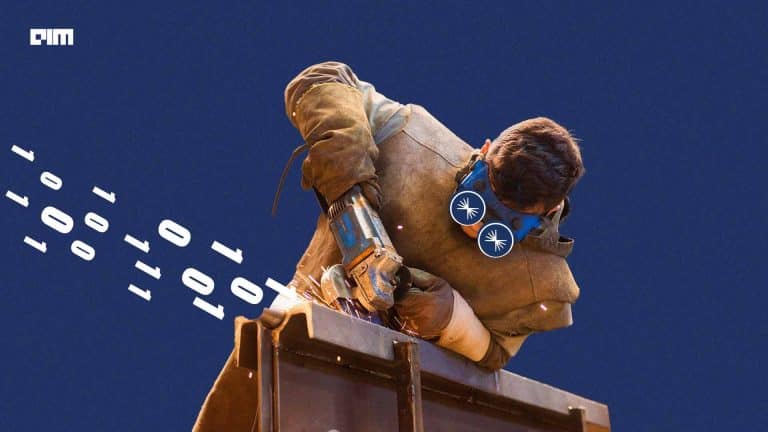Recruiting in normal circumstances is difficult enough for talent acquisition professionals, but finding the right candidate amid mass hiring in a post-recession world will only compound these challenges. However, with the vast amounts of data available on candidates, employees and various business processes, companies can use emerging technologies like AI to augment their recruiting efforts.
What would this AI-led candidate assessment process look like? Several innovative startups have taken on the challenge to develop unique approaches to sourcing and screening applicants to improve talent acquisition efficiencies. While many would involve sifting job-seekers using AI algorithms, others help facilitate various processes like workforce management and conducting assessments that would test new skills the future work would demand.
This is because a post-recession world, buttressed by automation, could change the type of jobs people apply for. Skills like problem-solving and creativity will be in demand as routine technical tasks will be automated, driving the need for recruitment teams to deploy AI-powered means to test these skills. This may already be happening as indicated in a survey conducted by Gartner. According to its findings, about 23% of organisations that were using AI, were doing so in the domain of HR and related activities.
Let us now dive into the core components in the recruitment cycle where AI could be truly transformative:
Sourcing Candidates Using AI
A lot of data presented by candidates online, including resumes posted on job portals and information provided on social media websites, can help detect candidates who may be a good fit for a company. ClearFit, for instance, can help companies easily source candidates using its patented technology that automatically identifies applicants that match a certain job requirement.
Another company called LiveHire leverages AI and ML to develop an applicant tracking solution that identifies and matches a company’s requirements to resumes posted online. This helps companies simplify their recruitment processes and hire the most qualified and relevant candidates for various open positions.
How do these companies employ AI to perform these time-consuming and critical tasks?
ALSO READ: This HR Firm’s Bet On AI To Streamline HR Functions
While the finer nuances may differ, fundamentally, most of these tools use AI and pattern matching algorithms to ensure that the resume selected closely matches the job description posted by a company. Many of these also help broadcast the JD to numerous job boards to maximise the chances of grabbing the attention of qualified candidates, further improving the hiring process.
Furthermore, some startups also help companies create better job postings for an open position. This is important because a poorly drafted JD can not only confuse quality candidates but also prevent them from applying. For this, there are several AI tools that can help. For example, Textio can help companies write more insightful — and inclusive — hiring content using Applicant Tracking System (ATS) workflow integrations and bias interruption and language analytics.
Screening & Evaluating Candidates
The time saved in sourcing candidates can now go into screening and evaluating the most qualified and promising of them using various AI tools to focus on the right indicators. For instance, Filtered helps in end-to-end hiring needs, particularly in reviewing the most qualified candidate with the help of AI. Not only does it generate coding challenges to assess their competencies, recruiters can also use the tool to segment, share and comment on candidate performance in an easy-to-use interface.
Another tool called Harver generates pre-employment tests, especially targeted at mass hiring initiatives. What makes this tool stand out is that it blends these engaging assessments with predictive analytics and workflow automation to test an applicant’s ability to perform well in the tasks defined in a company’s JD.
With the skillsets demanded of candidates evolving with time, relying on resumes alone to assess a candidate’s capabilities is not enough. AI can step in to create wider avenues for candidate screening and evaluations, leading to smarter hires.
ALSO READ: Top 8 Resources To Find Data Science Jobs During The Recession
AI-Powered Virtual Assistants
AI-powered chatbots can be a great value addition for companies, especially for some of their HR requirements. These bots can not only help with administrative tasks but also serve as readily-available support for potential employees to get basic queries addressed.
For instance, XOR is programmed to engage with candidates 24/7 to ensure that quality candidates get timely responses when they apply to job postings. More advanced bots can also be used to conduct initial interviews, assessing candidates based on the usage and frequency of certain keywords. Others can help in post recruitment processes as well, including training sessions, as well as providing timely updates of critical information to new recruits.
Another popular recruitment chatbot is Wade & Wendy. According to a report, each recruitment cycle leaves a trail of data that is seldom used for future hiring efforts. Wade & Wendy tries to address this issue with the help of a virtual assistant. It not only serves as the first point of contact for candidates applying for positions but also creates a repository of data, capturing each interaction between the candidate and the company for future reference.
Streamlining Other Recruitment Processes
With the examples elucidated above, AI has clearly demonstrated its potential in boosting efficiency and effectiveness of recruitment processes. Combined with the ability of data analytics to offer advanced insights, emerging technologies can make way for outmoded hiring models and improve recruitment standards across industries.
Not only can AI automate low-level tasks and tackle time-consuming administrative jobs but also enhance critical decision making by introducing unique ways to evaluate candidates. With interviews going virtual amid the Covid-19 pandemic, AI-powered facial recognition tech can also be leveraged to assess the facial expressions and body language of candidates, enabling recruiters to make an informed decision.









































